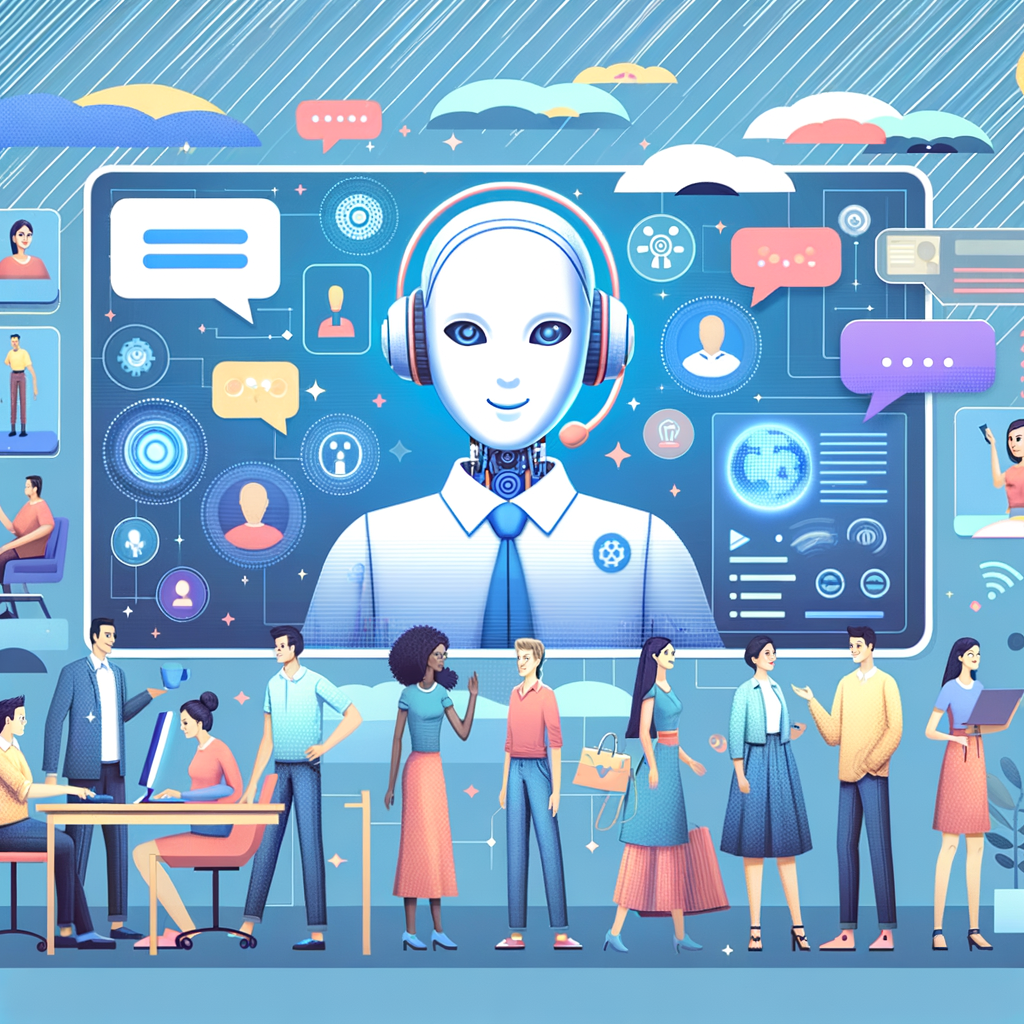Did you know that 85% of customer interactions will be handled without human agents by 2025? The future of customer service is here, and it’s powered by artificial intelligence! In this comprehensive guide, we’ll explore how AI is fundamentally changing the way businesses interact with their customers, creating more efficient, personalized, and scalable support solutions.
Understanding AI in Modern Customer Service
Just like how automated teller machines revolutionized banking in the 1960s, artificial intelligence is transforming customer service today. We’ve come a long way from simple automated phone systems to sophisticated AI solutions that can understand and respond to complex customer queries in real-time.
Definition and Evolution of AI in Customer Support
Remember the frustrating early days of automated customer service? Those clunky interactive voice response (IVR) systems have evolved into sophisticated AI-powered solutions that can actually understand context and nuance in customer communications.
Key Technologies Driving AI Customer Service Solutions
Similar to how smartphones combine multiple technologies to create a seamless user experience, modern AI customer service platforms integrate various cutting-edge technologies to provide comprehensive support solutions.
Current Market Trends and Adoption Rates
Interestingly, the adoption of AI in customer service has accelerated dramatically since the pandemic, much like how video conferencing became a necessity overnight.
Benefits and Challenges of AI Implementation
While the benefits are substantial, organizations face challenges similar to those encountered during the early days of e-commerce implementation.
Core AI Customer Service Technologies
Chatbots and Virtual Assistants
Think of modern chatbots as digital concierges, available 24/7 to assist customers with everything from simple queries to complex problem-solving.
Natural Language Processing (NLP) Capabilities
Much like how children learn to understand context and meaning in conversations, NLP enables AI systems to comprehend customer intentions beyond just keywords.
Machine Learning for Pattern Recognition
Just as Netflix learns your viewing preferences over time, AI customer service systems continuously improve their understanding of customer behavior patterns.
Sentiment Analysis and Emotion Detection
Similar to how good salespeople read customer body language, AI systems can now detect emotional cues in written and verbal communication.
Implementation Strategies and Best Practices
Assessing Business Needs and Requirements
Much like planning a home renovation, successful AI implementation starts with a thorough assessment of current capabilities and future needs.
Integration with Existing Customer Service Systems
Think of this as adding smart home features to an existing house – it needs to work seamlessly with current systems.
Training and Optimization Processes
Like training a new employee, AI systems require initial training and ongoing development to perform at their best.
Measuring Success and ROI
Just as you would track the performance of a marketing campaign, measuring AI success requires clear metrics and continuous monitoring.
Real-World Applications and Case Studies
Success Stories from Leading Companies
Take Amazon’s customer service AI, for instance, which handles millions of queries daily while maintaining high customer satisfaction rates.
Industry-Specific Implementations
From healthcare providers using AI to triage patient inquiries to retailers managing peak season customer support, each industry has unique applications.
Impact on Customer Satisfaction Metrics
Many companies report significant improvements in customer satisfaction scores, similar to how mobile banking apps improved banking customer experience.
Lessons Learned and Best Practices
Like any technological advancement, early adopters have paved the way with valuable insights and learnings for others to follow.
Conclusion
As AI continues to evolve, it’s becoming an indispensable tool in customer service operations. By embracing these technologies, businesses can provide better, faster, and more personalized support while reducing costs. The future of customer service is here – are you ready to take the next step?

